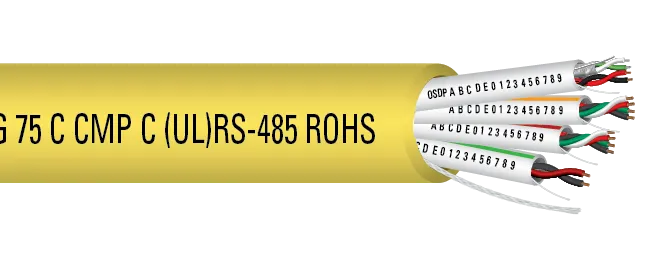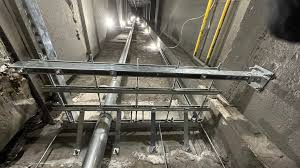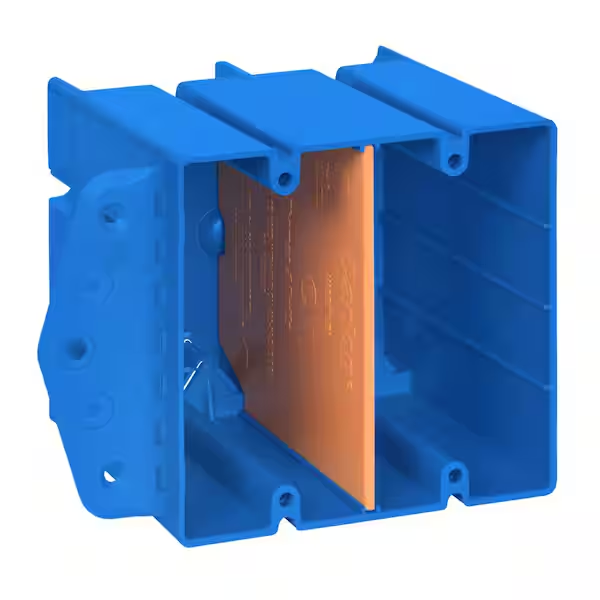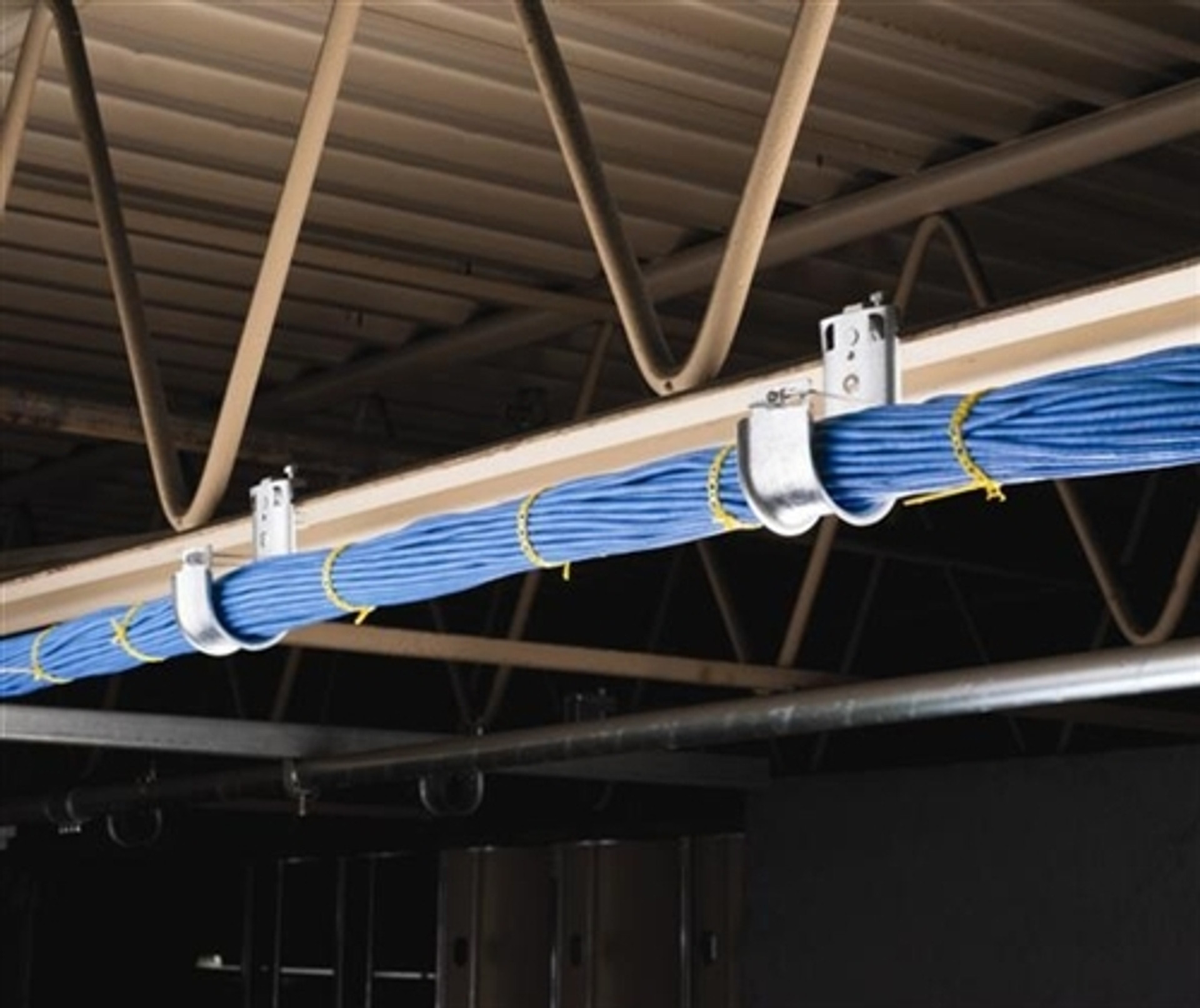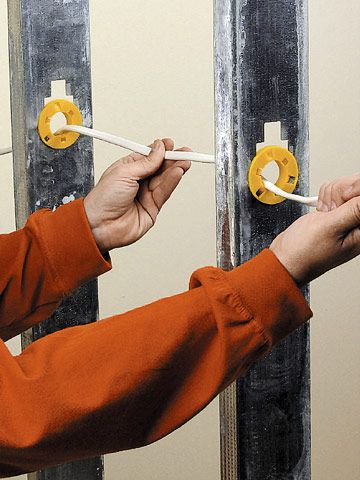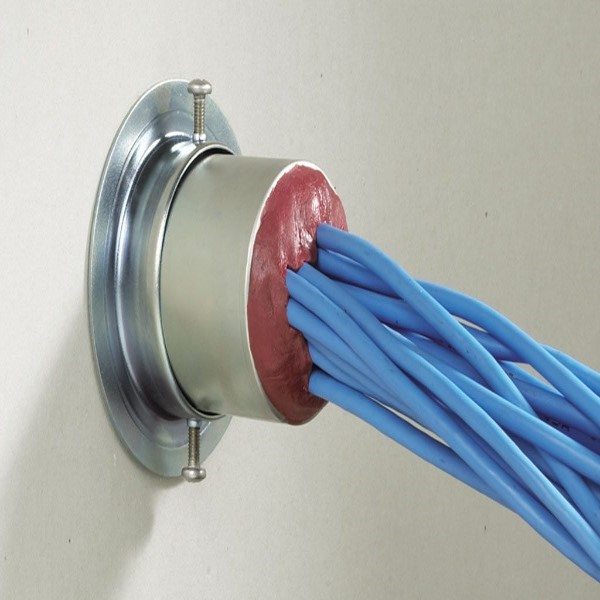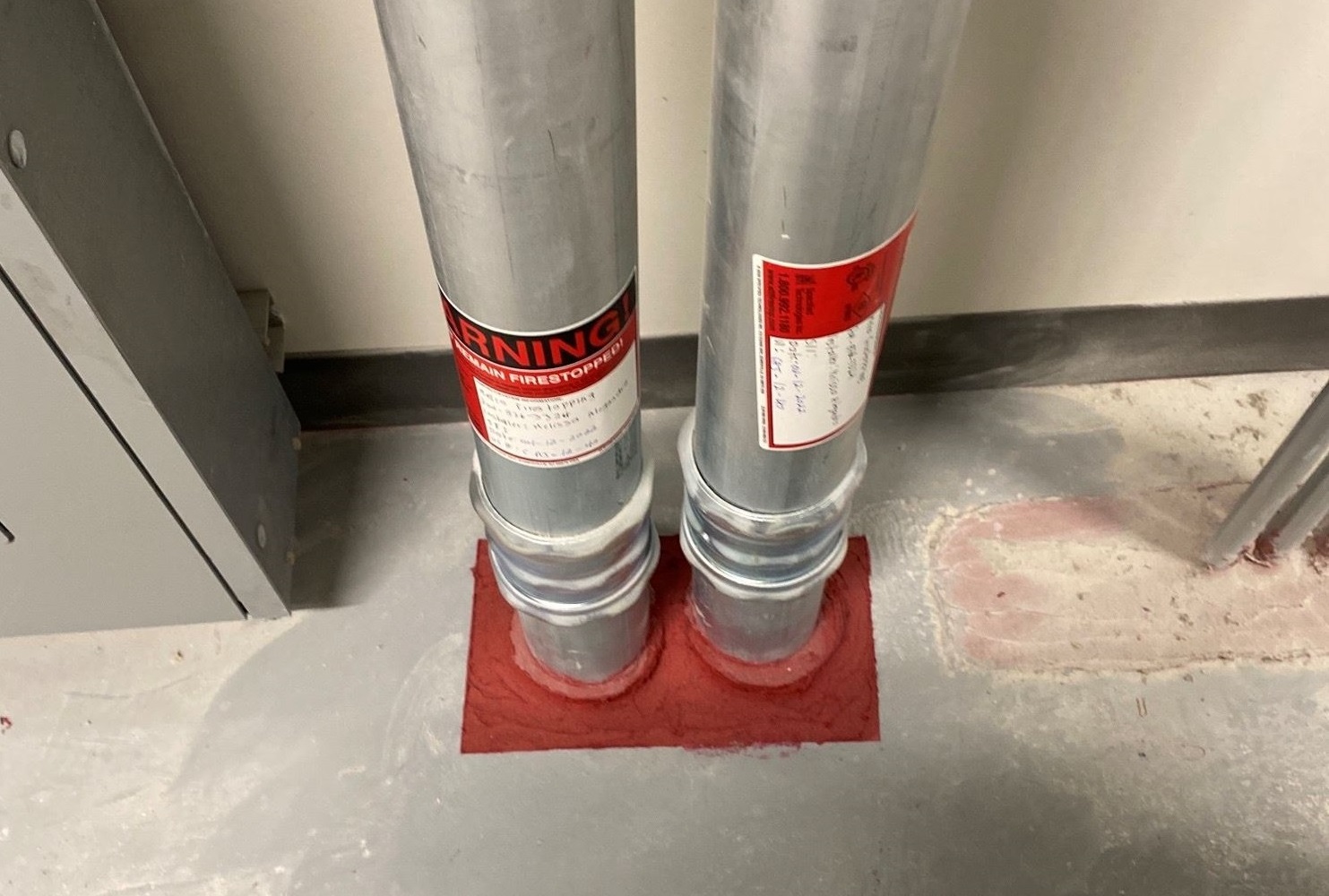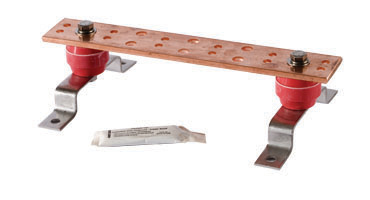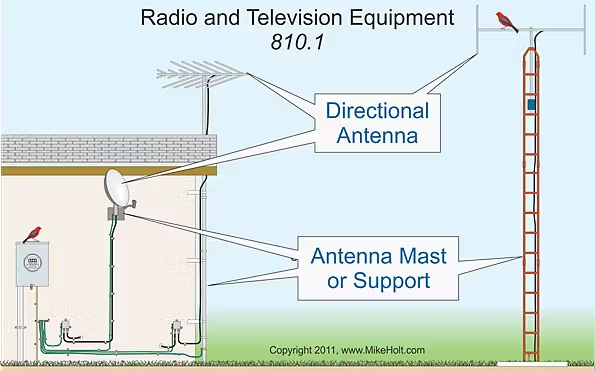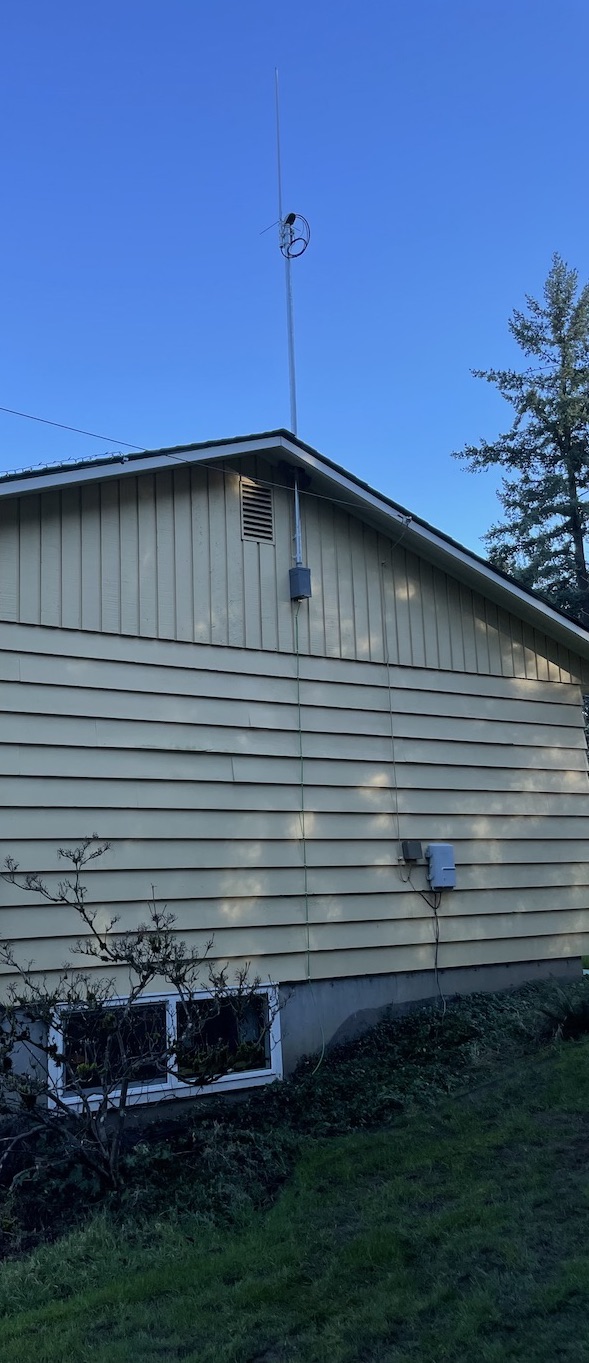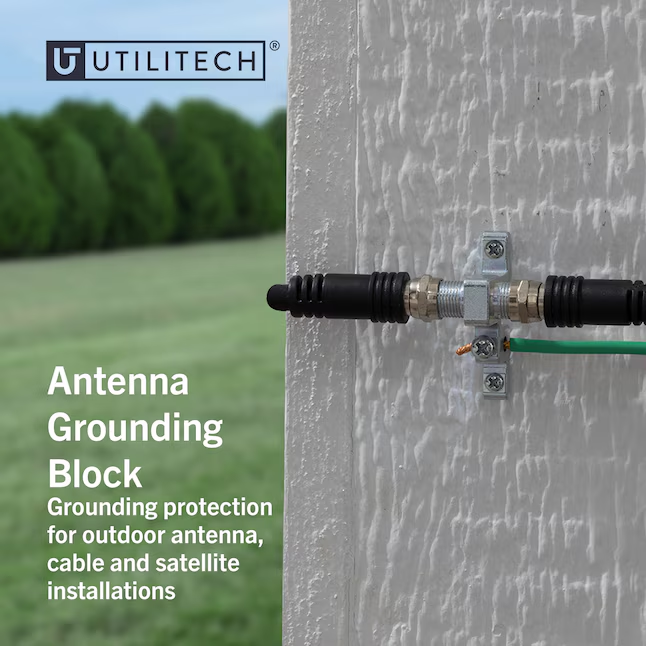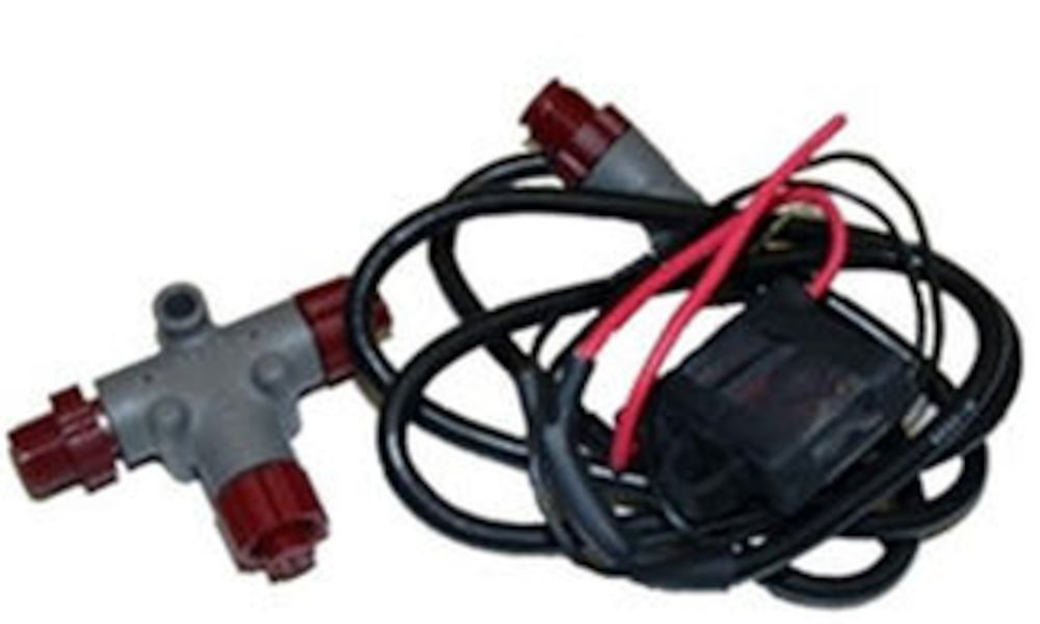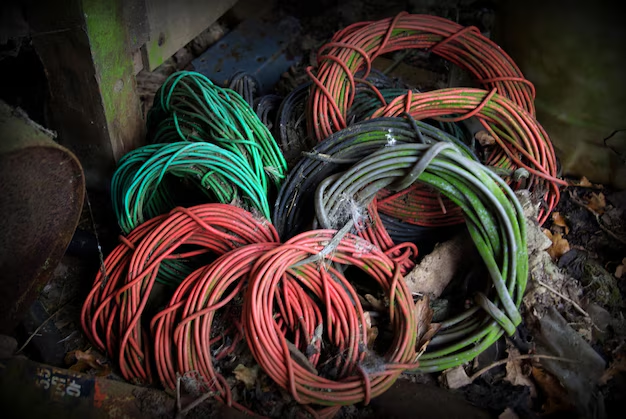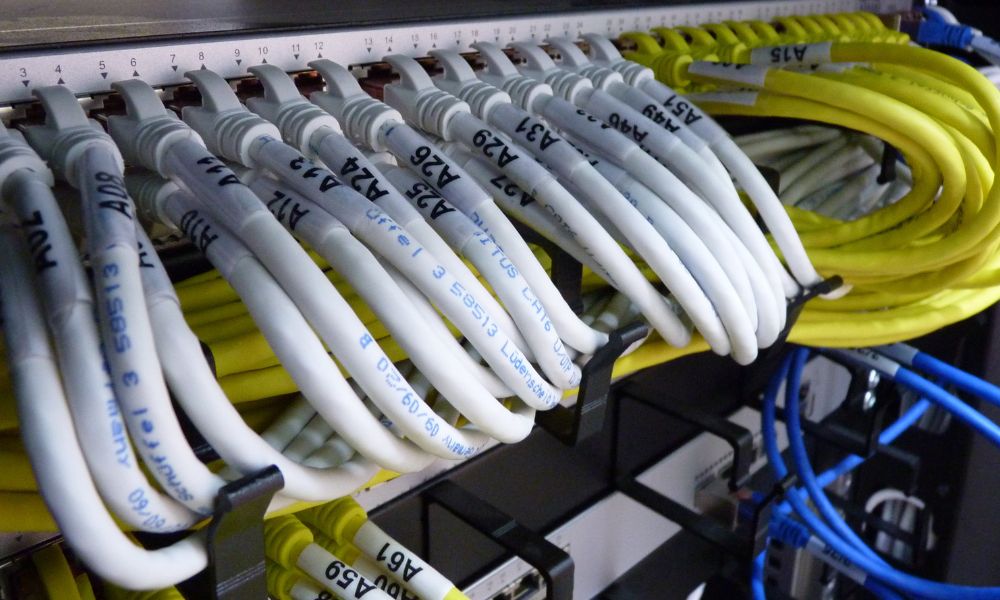📘
800 — Scope & Framework (Modern Article Family)
- 800.1Chapter 8 governs communications systems (telecom/data/CATV/broadband) and can be independent of Chapters 1-7 unless they modify it.
- 800.3Follow manufacturer listings and markings; cable type must match the space (plenum, riser, general, dwelling).
- 800.24Mechanical execution of work applies: neat, secure, protected from damage.
- 90.3Remember: Ch. 8 is largely independent, but other chapters can still modify requirements where noted.
EXAM TRAP
CH. 8 INDEPENDENCE
Don’t assume Chapter 3 wiring methods always apply. Chapter 8 stands alone unless another rule explicitly modifies it.
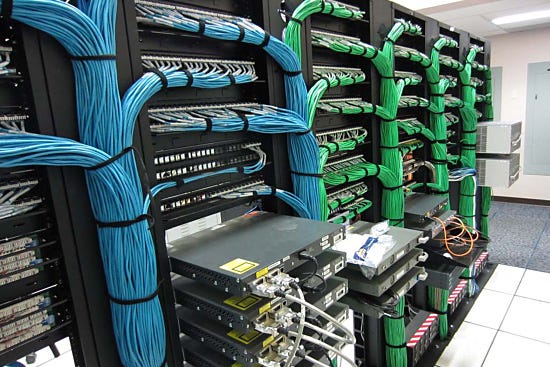
Communications systems have their own article family.
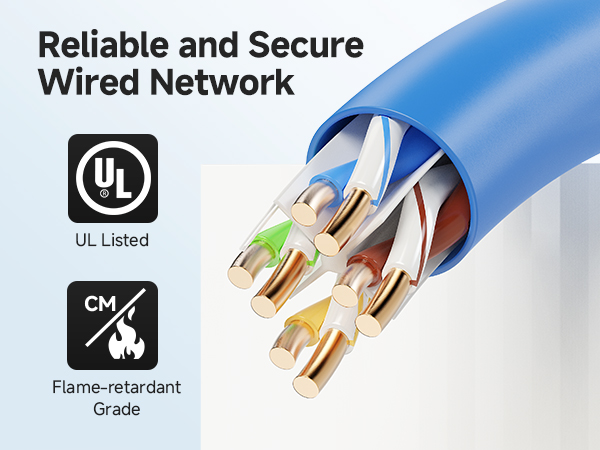
Install per listing and space rating.

